You always want to spend your money wisely, but doing so is especially important when buying fragrances. That is because these are perishable, finite goods that you exhaust with use. Today, we’re going to broadly explain what differentiates cheap fragrances from expensive fragrances, with an emphasis on scent options, wearability, and longevity. We’ll also speak extensively on real value. It’s just like you can’t judge a book by its cover. You can’t always judge a cologne by its price tag.
If you’re relatively new to the world of fragrances, you might benefit from reading our comprehensive fragrance guide or Why Are Colognes So Confusing post first. They provide important context about the constitution of fragrances before discussing the costs.
The Cologne Guide
Defining “Cheap” vs. “Expensive”
Obviously, what separates cheap from expensive is a relative question that depends upon your financial situation. If you don’t really care about fragrances, spending $75 on a bottle could seem ludicrous. In comparison, olfactory objectifiers might have no qualms about shelling out $400 for that perfect, hard-to-find fragrance.
For our purposes, we are defining cheap as under $50 for a 100ml or 3.4 ounce bottle and expensive as over $150 for the same size. Buying a larger bottle can also lead to bulk savings, but we wanted to focus on the more standard size today. After all, when you’re first experimenting with the fragrance, you don’t want to buy the largest size that they have. If it ends up not suiting you, you’re essentially left with a very expensive decorative bottle.
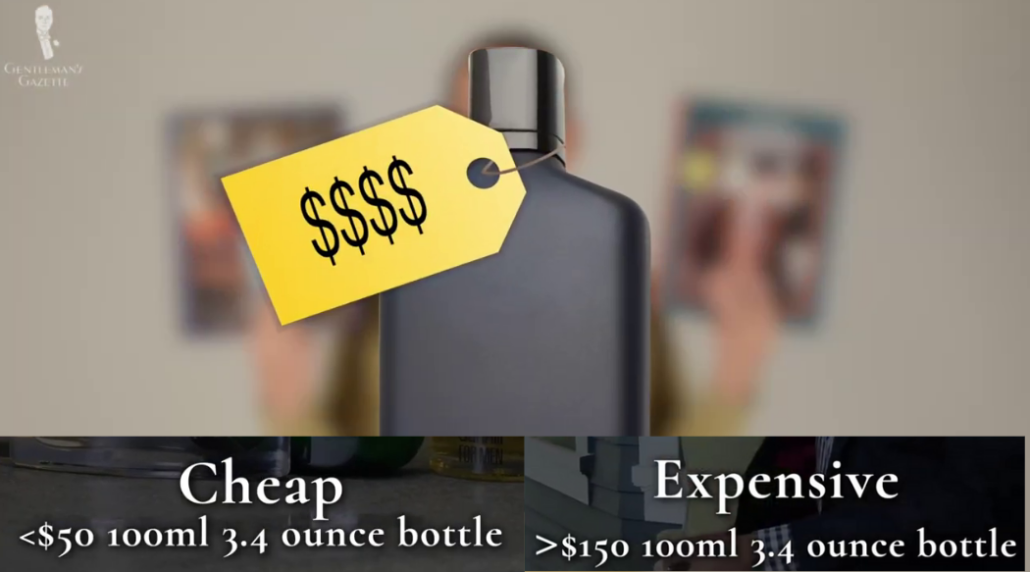
Now that the objective matter of upfront cost has been resolved let’s turn to the more subjective concept of value.
Price vs. Value
There’s an important difference between price, how much something costs, and value, how much it is worth.
Poor value can occur when an expensive item just does not live up to the hype or when a cheap item isn’t even worth the low price you paid for it. While good value can be found in expensive items that exceed expectations or less expensive items that are real bargains, unfortunately, poor value is very common in the contemporary fragrance market; whether you’re overpaying for jacked-up, luxury designer prices or wasting money on low-quality cheap fragrances. Therefore, inexpensive fragrances aren’t always bad, and expensive fragrances are not always good.
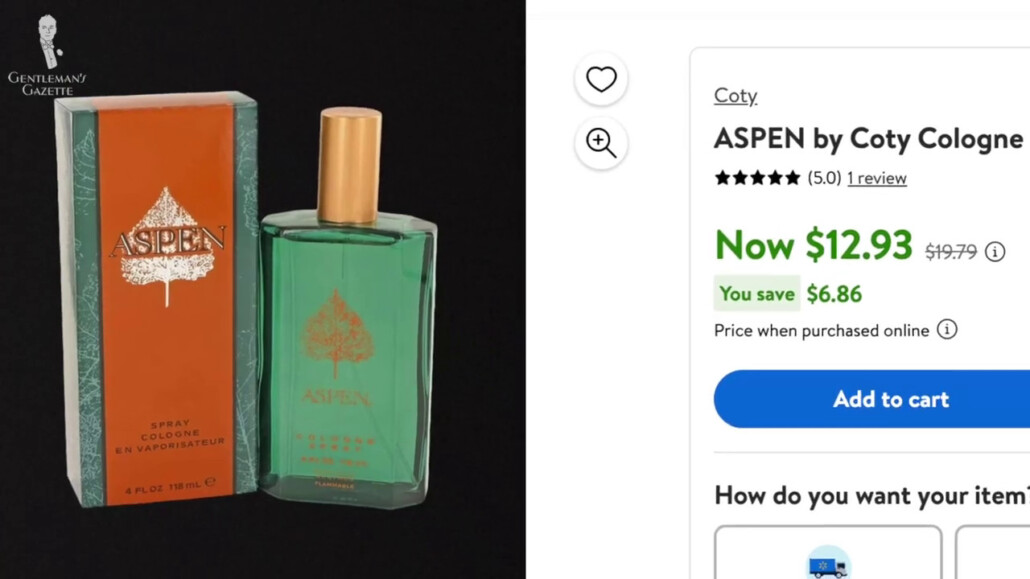
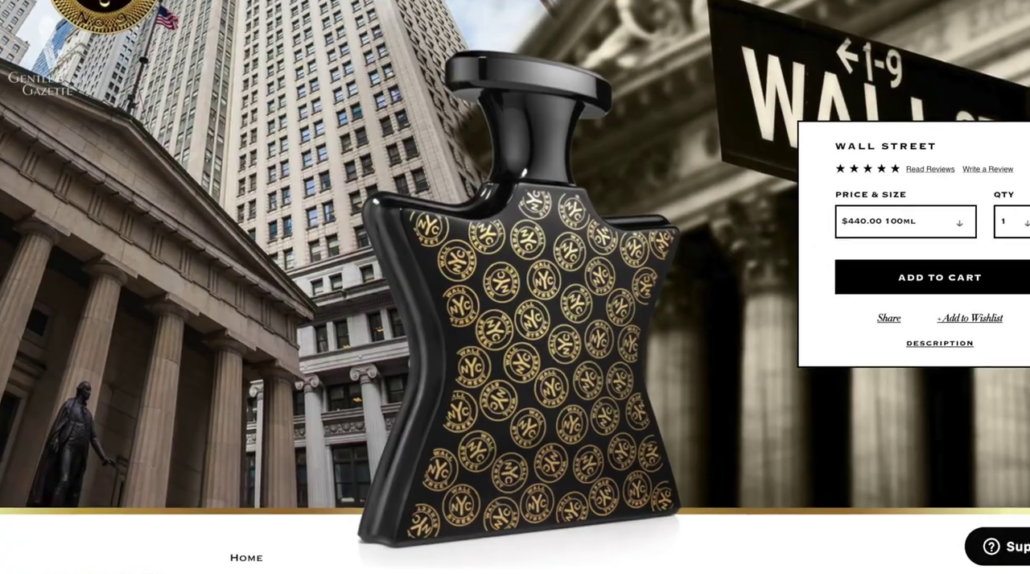
The former concept does not need much explanation. It makes sense that a fragrance that can be sold inordinately cheaply will have less capacity to be a truly exceptional scent. Oftentimes, you simply get what you pay for, but what about all those expensive designer fashion house fragrances? Some expensive fragrances rely on gimmicks to sell the idea of the fragrance, not the qualities of the fragrance itself.
Ironically, they often rely on expensive-looking, ornate bottles. Because expensive bottles are a lot cheaper than expensive fragrances, you assume that the fragrance inside is exceptional even when it is not. That’s not to say that beautiful bottles are a bad thing.
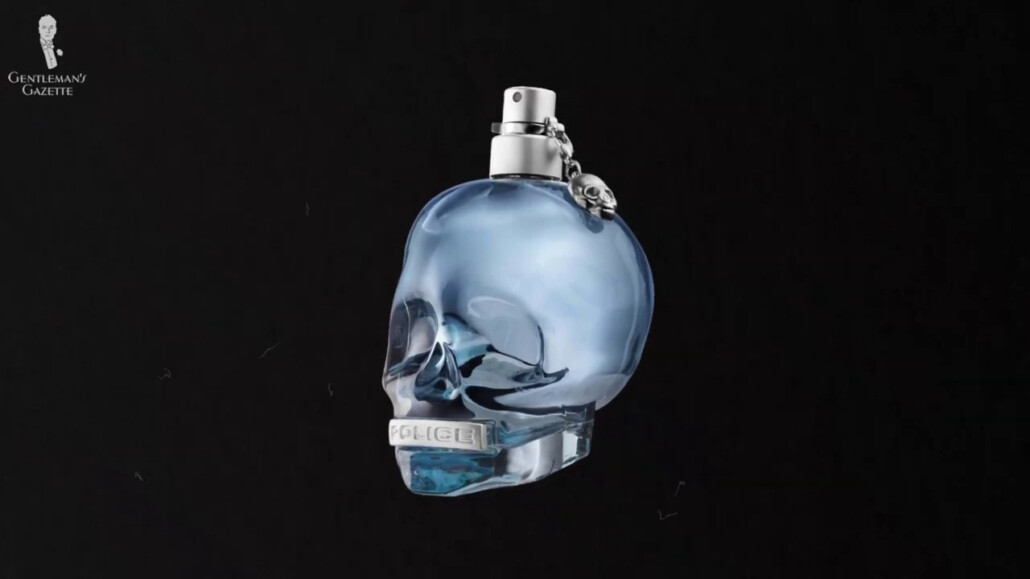
If you have your fragrances on display in your room, it obviously helps if they look nice, and bottles with useful features like a functional vaporizer that won’t clog are essential to enjoy your fragrance properly. But, ultimately, it’s what’s inside the bottle that counts.
Other makers use celebrity endorsements with aspirational advertising to sell a lifestyle, experiences, emotions, exotic living, whirlwind love affairs, or turning into a Roman god rather than the fragrance itself.
We want to be clear: Advertising in this way isn’t inherently a bad thing. Conveying abstract concepts behind a product is a perfectly reasonable way to market it, especially when you can’t have a sensory product like a fragrance right in front of you. But, the fragrance has to actually equal or exceed the qualities expounded by the advertising.
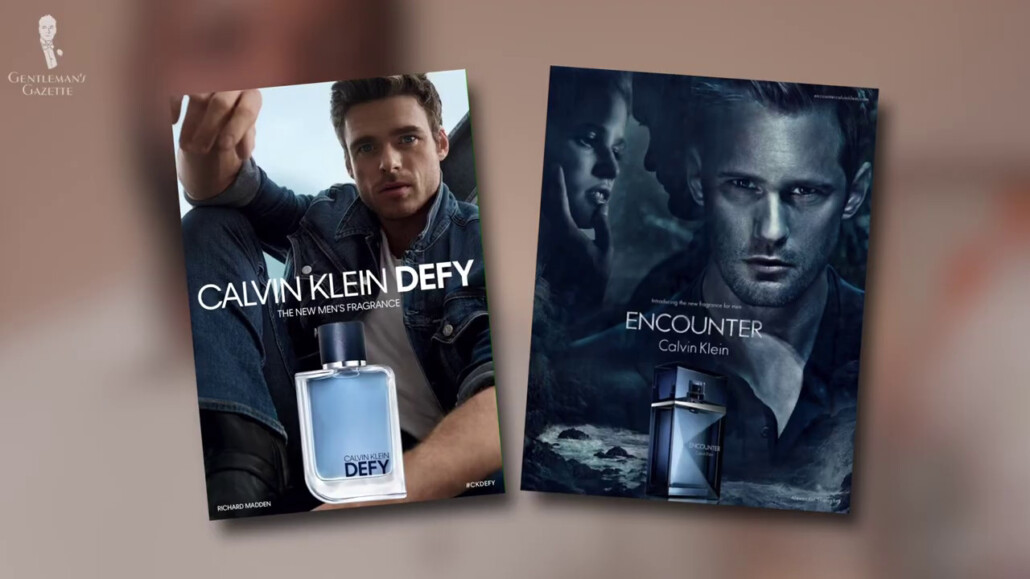
Dishonest advertising techniques lead to many fragrances being sold at expensive prices when the fragrances themselves are more comparable in functionality to cheap fragrances.
To summarize, as we explain what distinguishes cheap and expensive fragrances in the following examples, keep in mind that our assessment of expensive traits assumes that a product is made with quality standards that help contribute to genuinely good value, while our cheap examples reflect methodologies that simply cost less. Neither one necessarily guarantees good or bad value. That depends on what you, the buyer, require.
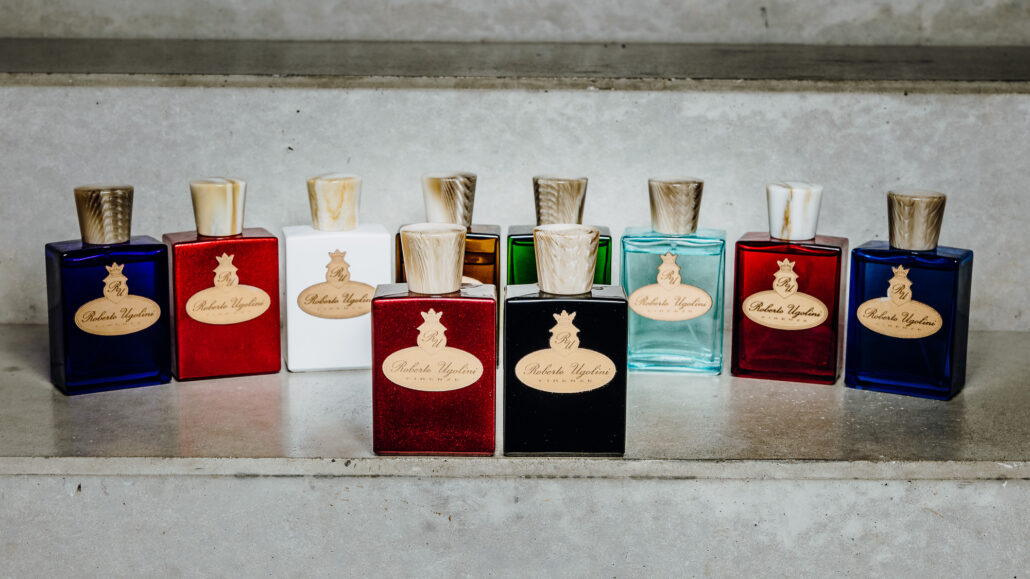
Cheap vs. Expensive Fragrances
To help you make that decision, let’s now turn to what generally distinguishes cheap fragrances from expensive fragrances.
Invigorating or Innervating Ingredients
Ingredients used and scents elected for fragrances are very cost-dependent. Expensive fragrances tend to be more robust and complex because they’re made from high-quality ingredients with an emphasis on a pleasing, potent aroma. They are enjoyable and identifiable but not overwhelming.
These smells are often derived from natural ingredients like essential oils, and sometimes, even nature can be improved upon. This is achieved through a modern scientific process by which ingredients are chemically deconstructed, and the desirable scent profiles retained, and the undesirable jettisoned. This process is expensive and difficult to do, but results in natural ingredients that offer superior, more rarified scents.
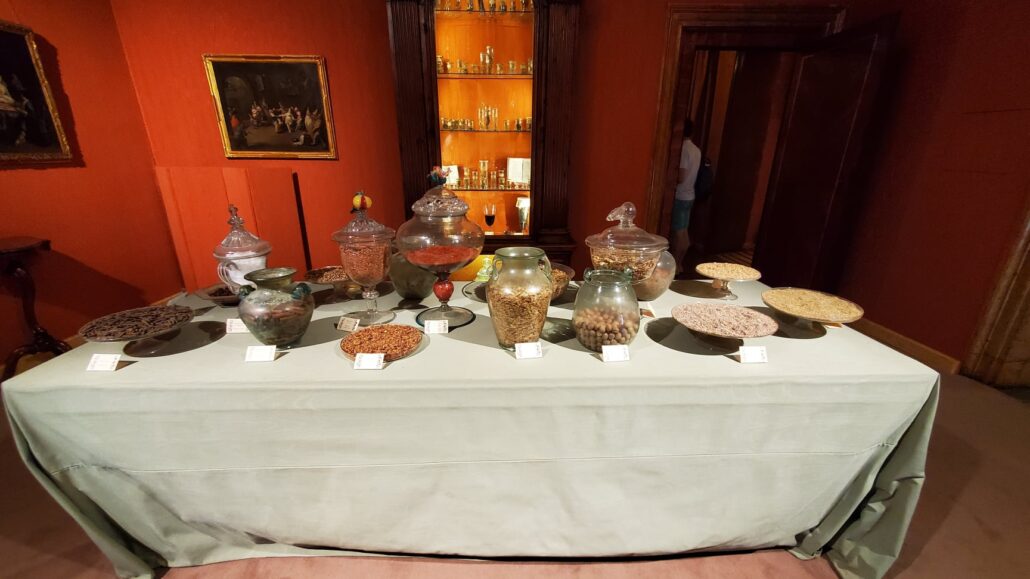
Cheap fragrances tend to be potent and simplistic because they’re sought out to only have an immediate, recognizable impact at the lowest price point possible, usually by imitating natural odors.
Cheap fragrances often rely on synthetic smells like ISO E to fake woody smells, or ethyl maltol for sweet smells. These scents tend to have an obvious chemical undertone, and they usually lack nuance, being the olfactory equivalent of being hit on the head with a mallet labeled “sandalwood” or “orange.”
Want to unveil the secret meanings of fragrances?
Unique or Ubiquitous Unctions
Because expensive fragrances are more likely to source and properly employ exotic and rare ingredients, they result in more unusual and unexpected scents. You’ve probably heard that we partnered with Roberto Ugolini to distribute their line of fragrances. One of the things that drew us to Roberto Ugolini was the distinctive line of scents and unusual ingredients like guaiac wood and jasmine or smells evocative of unexpected scents of champagne.
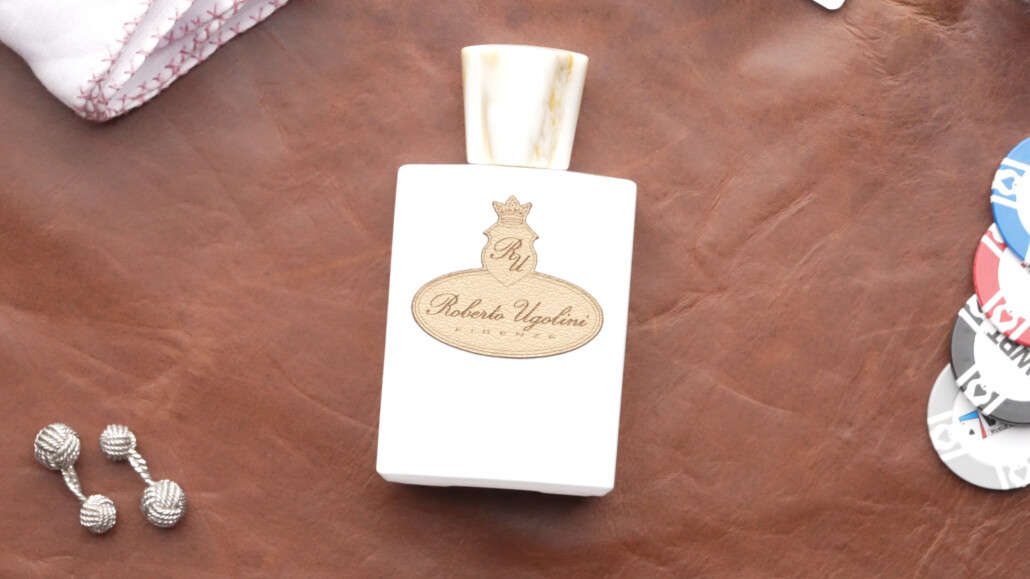
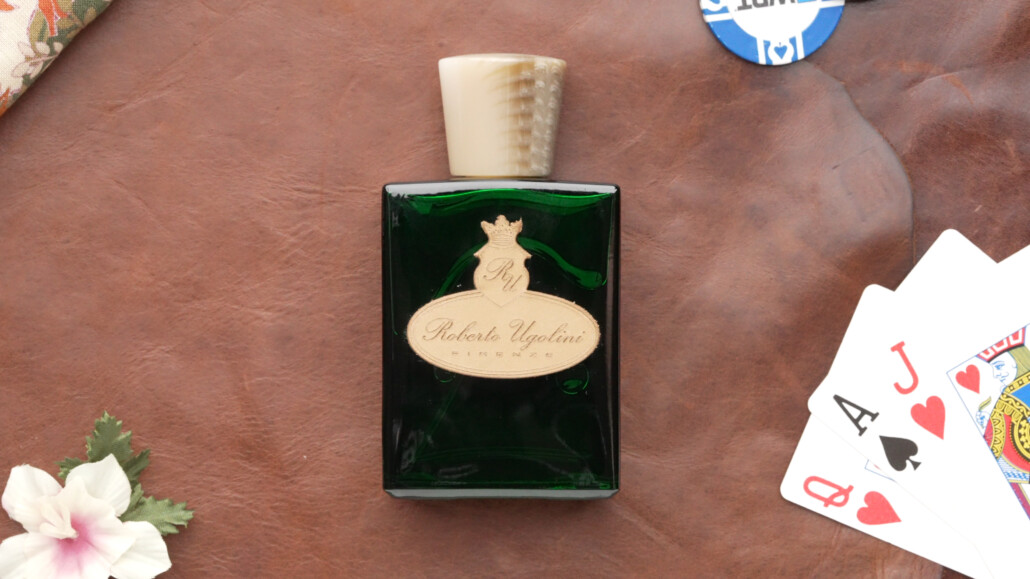
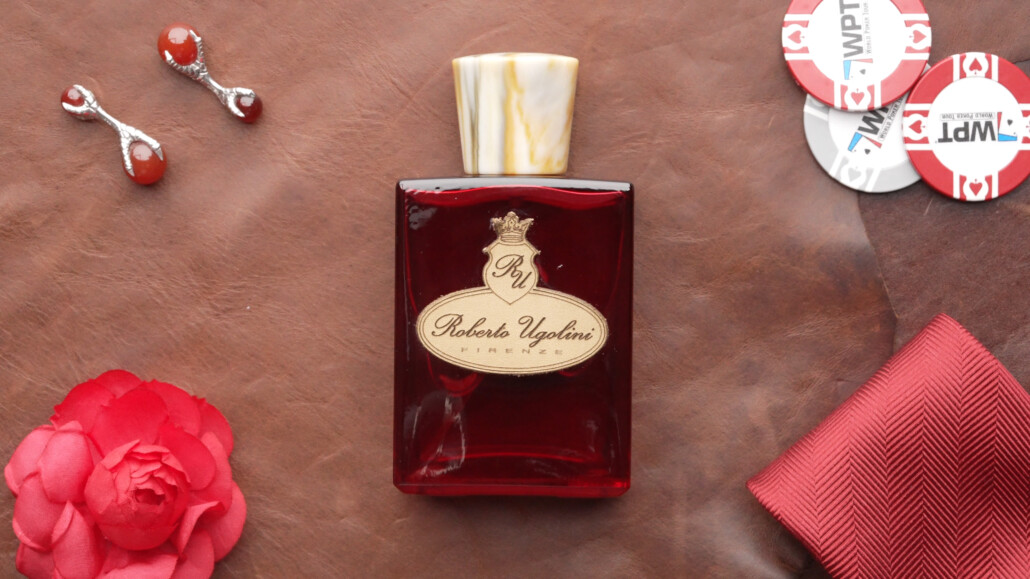
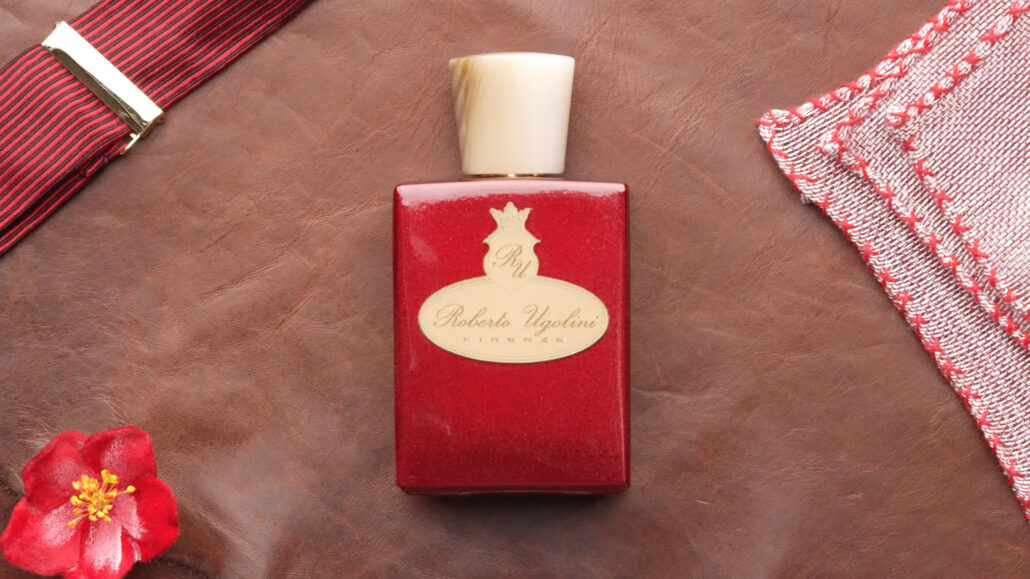
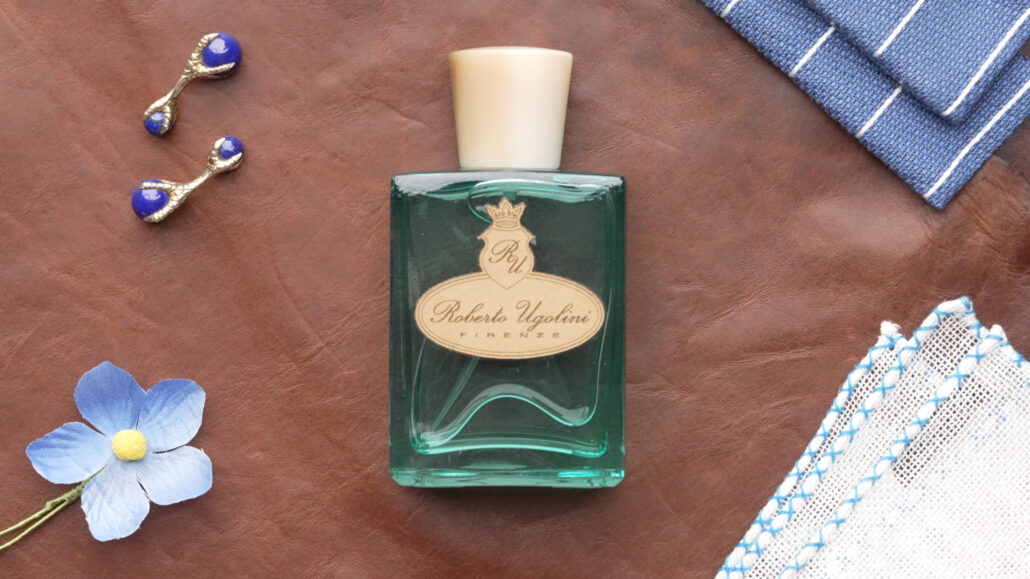
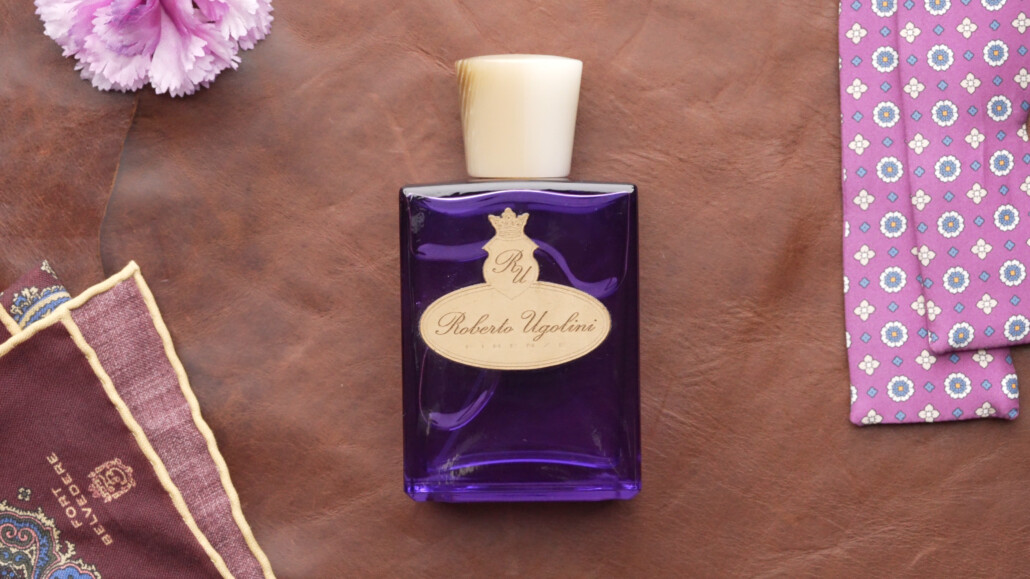
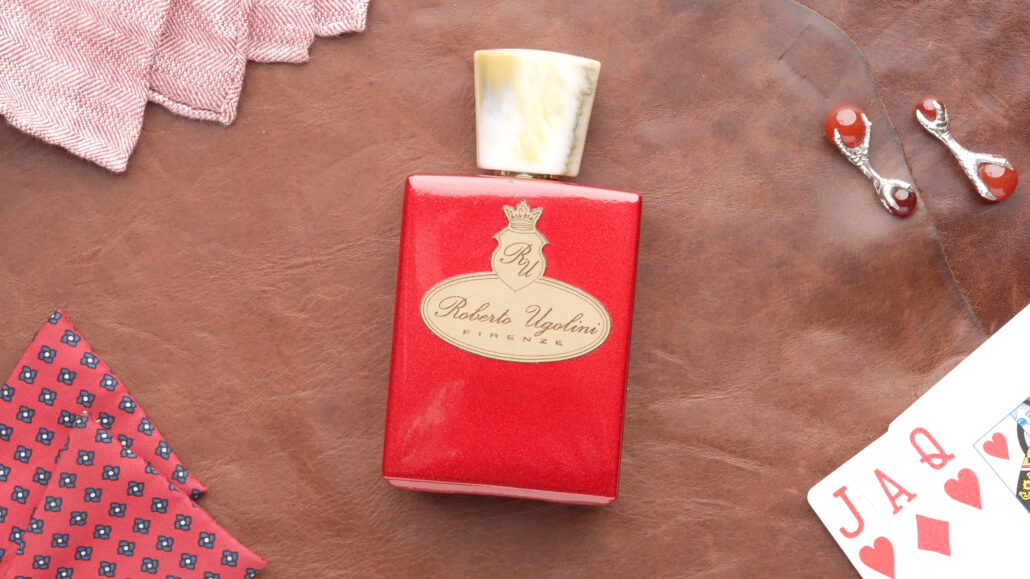
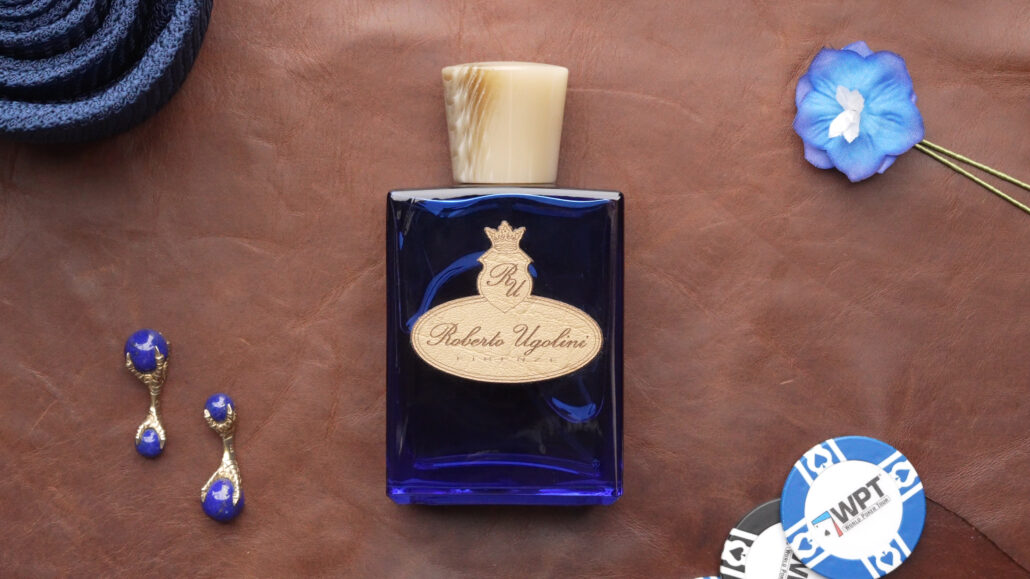
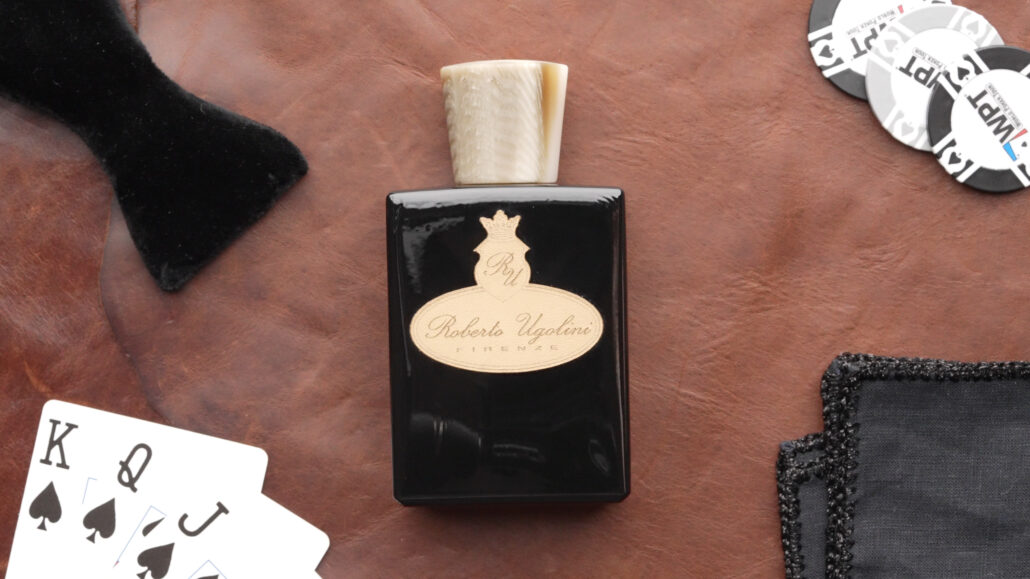
While many expensive fragrances are also broadly appealing, you’re more likely to find rare or niche fragrances in the high-cost area because the audience is smaller and more discerning. After all, if a fragrance is catering to a highly cultivated audience with a genuine interest in unique fragrances, it makes more financial sense to invest in exceptional and rare fragrances that will suit the individual needs of their audience.
Cheap fragrances, on the other hand, usually want to make as much money as quickly as possible with scents that appeal to the masses and are immediately and simplistically pleasant, like very sweet, fruity scents.
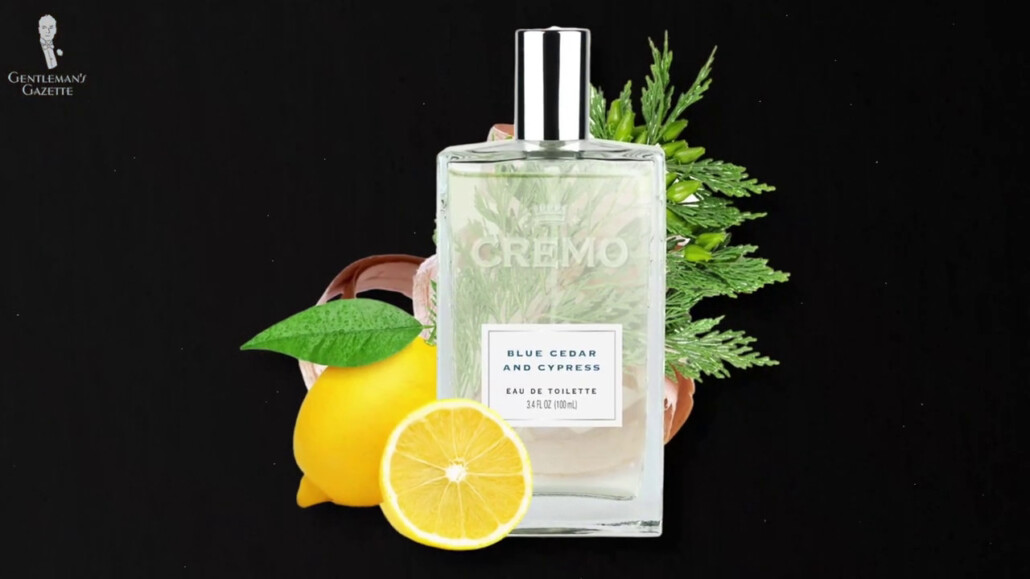
Coincidentally, sweet scents tend to be the cheapest to make and the easiest to reproduce synthetically. Don’t get us wrong, we love bergamot and grapefruit just as much as the next guy, but variety is the spice of life.
Scented Assortments or Singular Scents
In addition to sourcing rare scent profiles, expensive fragrances also tend to employ more of them. Expensive fragrances draw from a wide array of scent families to create a cohesive, thought-out whole and, often, a medley of scents for a unique, complex, singular creation.
One of the things that drew to Roberto Ugolini was the nose behind the fragrance: the brand’s creative director, Herbert Stricker, a perfume distributor who has even written some articles for us. Stricker has worked in fragrances for decades, and he has developed an innate sense of how to combine smells in unique and unexpected ways to produce some truly incredible scent sensations.

Herbert Stricker
One of the biggest names in the contemporary niche-fragrance industry in Europe. He makes his living producing, and distributing high-end perfumes and colognes, which affords him many opportunities to travel the world and collaborate with the finest craftsmen of our time.
In addition to more creative fragrances, these carefully crafted scents tend to layer well with other products because they are, themselves, a pastiche of pleasing odors. This has the benefit of making expensive fragrances somewhat easier to layer with other scents produced, like your shampoo or hand cream, without a discordant blending of smells that our friends at Beardbrand have termed “scent confusion.”
How to Layer Aftershave, Lotion, and Cologne
To save money and effort, cheaper fragrances tend to rely on fewer scents, generally, or stick to scents in the same usually sweet olfactory family. Not only does this limit the range of scents available, it means that the scents employed are more basic and simple, like a fragrance that just smells like sea salt or lemons.
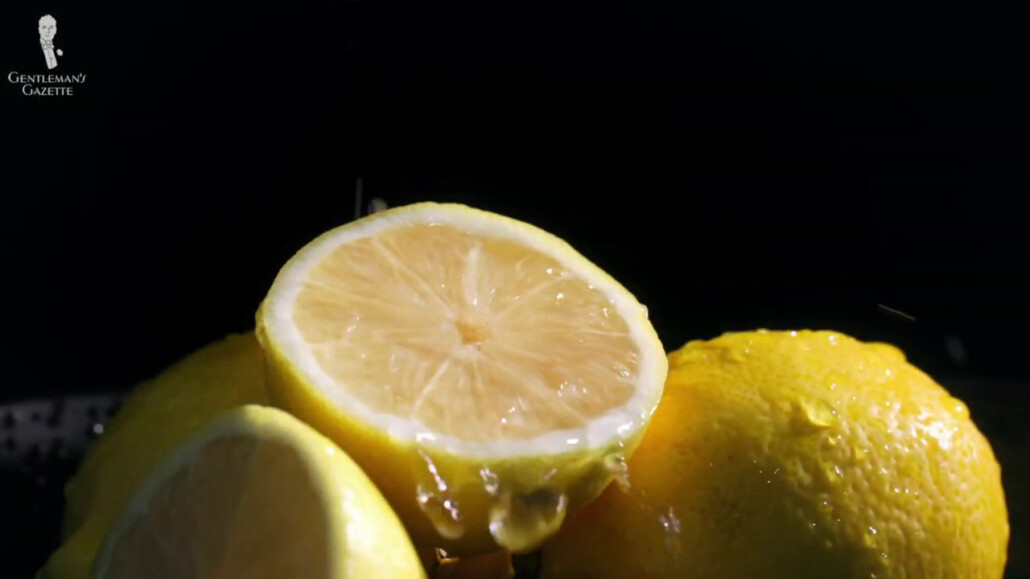
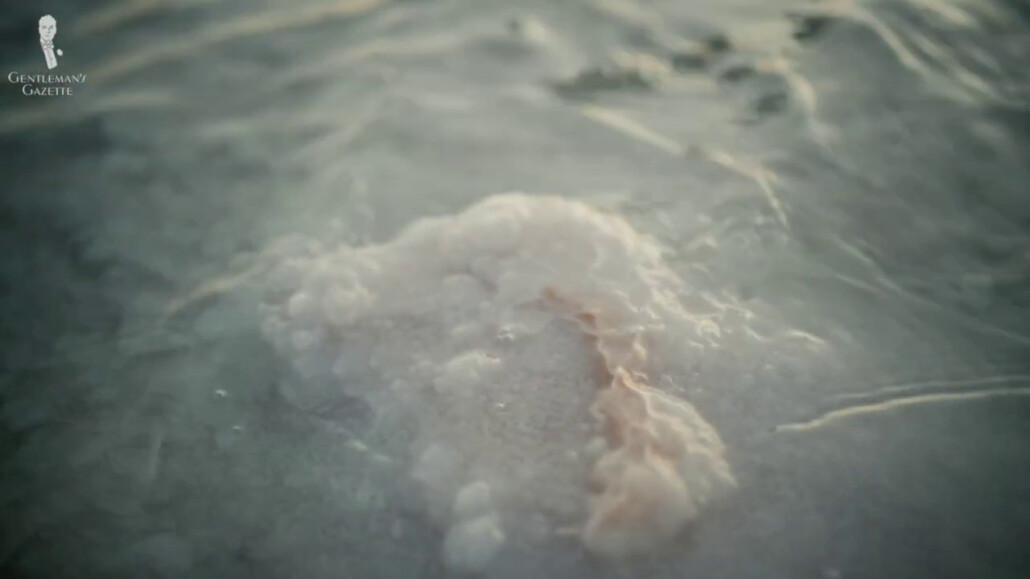
Simple scents, because they are easily identifiable, are much more likely to clash with other scented products. A cheap and overpowering citrus cologne will have a very jarring effect when it runs headlong into your Alpine Fresh deodorant.
Notable Notes
As we cover in our guide to fragrances, one of the most stimulating aspects of fragrances is the interplay between base notes, heart notes, and top notes, which are just terms about how a fragrance evolves over time as you wear it.
Expensive fragrances tend to have all the notes. These develop naturally in a subtle and pleasing way. These scents blend seamlessly into each other, expanding the range of available scents in a scintillating and unique journey while making the entire fragrance more complex and engaging.
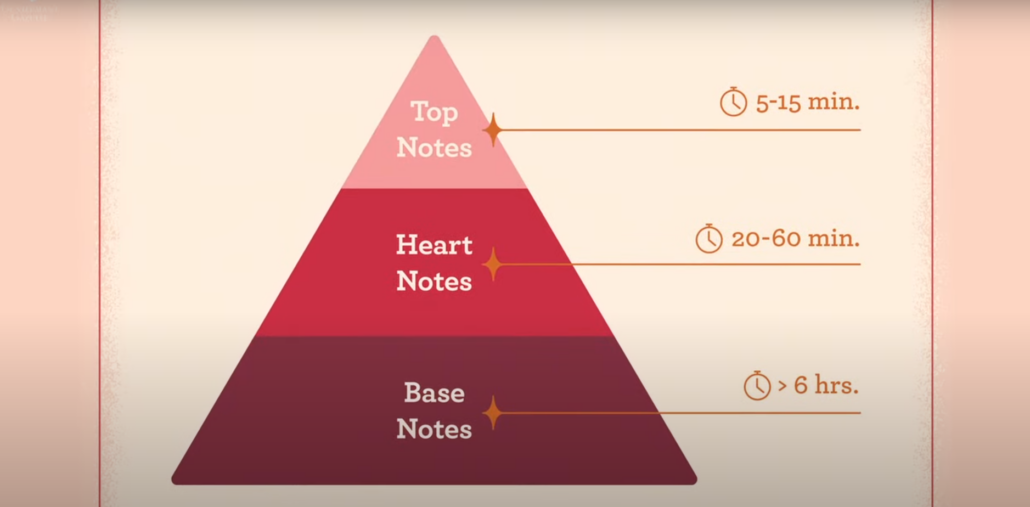
Expensive scents achieve this result by sourcing a variety of compatible smells and then devising how to harmoniously express them as part of a progression. It costs more, but the results provide a more stimulating, dynamic olfactory experience.
For a more simplified and, therefore, more effortless to-attain experience, cheap fragrances often only have top or heart notes, which are the first smells you notice when encountering a fragrance. This emphasis is intended to spark love at first sniff, prompting an immediate positive reaction to the smell; however, because your nose quickly adjusts to your smell and normalizes smells in a phenomenon called “nose blindness,” sedimentary singular scents won’t be very sensational for long.
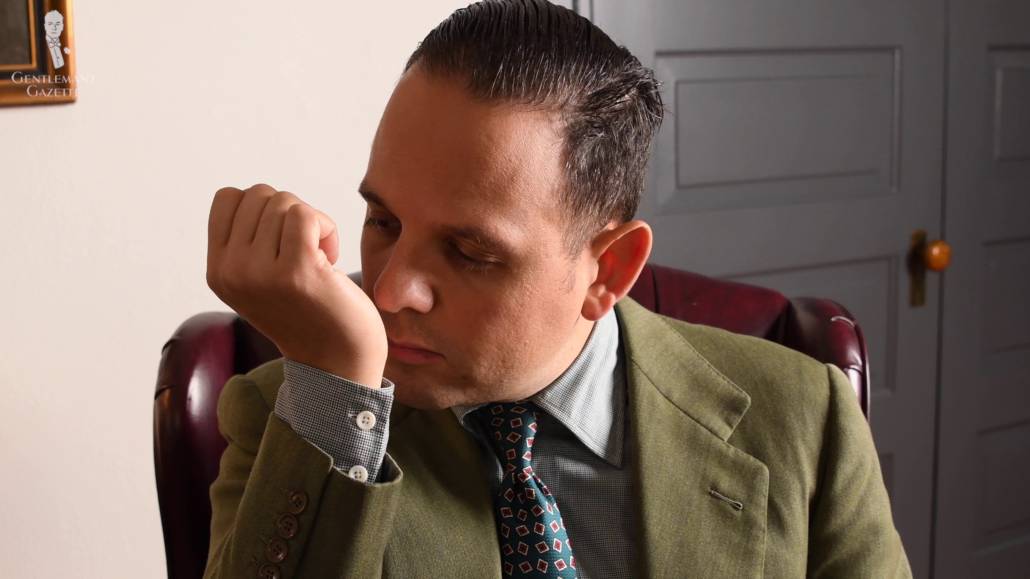
Not surprisingly, scents associated with top and heart notes also tend to be cheaper than base notes. Even when cheap fragrances do feature a full range of notes, the transitions can often be muddy and unpleasant because the cheaper bottom lines do not allow for the testing, experimentation, and resources to coax a more harmonious blending.
Delightful or Dubious Durations
One of the most important components of a fragrance is its intensity; essentially, how apparent a scent is upon application and how long it takes for the smell to dissipate. This quality relies most heavily upon concentration, which refers to the percentage of the fragrance made up of smell-producing components. The higher the percentage, the more potent the fragrance is.
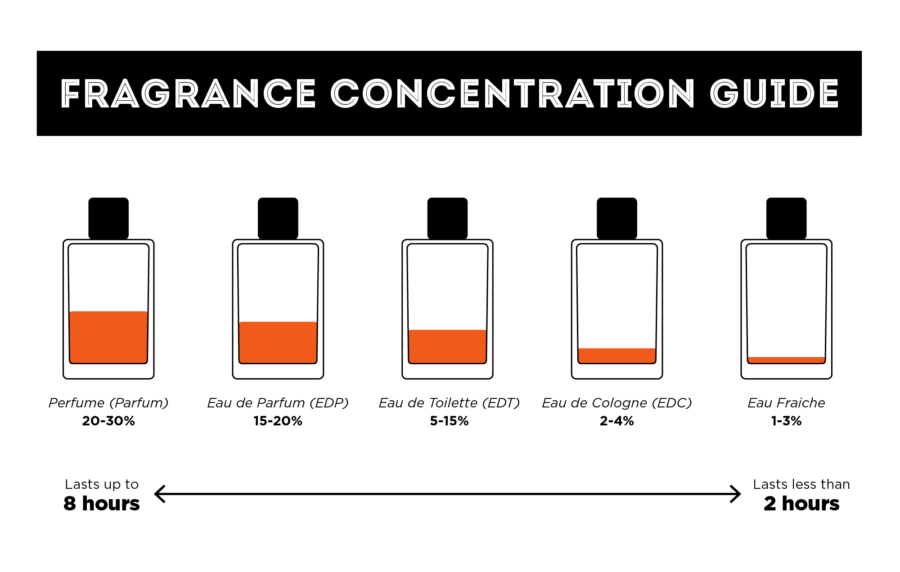
Many people don’t know that terminology like “cologne,” “eau de toilet,” and “eau de parfum” roughly indicate the concentration level of different fragrances. Actual concentrations can vary, so you always want to check the percentages for a more accurate picture.
Expensive fragrances tend to be carefully crafted high-concentrations. They provide a bold but not overwhelming, immediate presence and a long-lasting, durable presence with pleasing silage and a range of impact and projection of the fragrance beyond your immediate area. A higher concentration also means that every drop of the fragrance goes further, meaning you can use less of a product while still deriving the same potency.
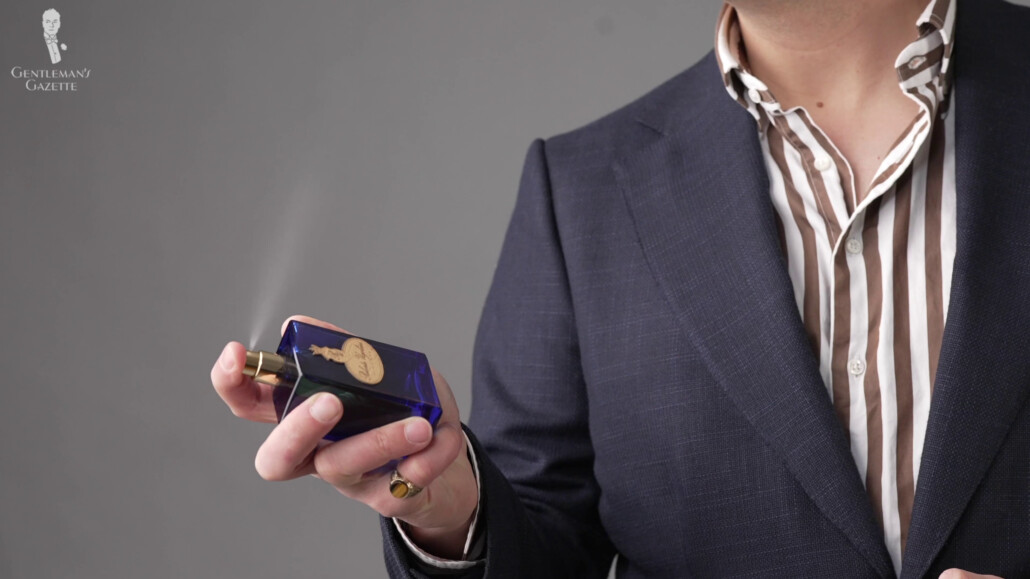
Most cheap fragrances have lower concentrations because the scented elements themselves are the most expensive part of the fragrance, and reducing them is an easy way to save money. This means that cheap fragrances tend to fade very quickly, requiring constant reapplication. When cheaper fragrances do have higher concentrations, they are often of cheap ingredients that are overwhelming and obnoxious and are noticeably, chemically, becoming essentially too much of a bad thing.
Subjective Shelf Life
Fragrances are perishable goods, and eventually, they will start to expire, becoming less potent or undergoing changes to their smells.
Expensive fragrances are reinforced with additional fixatives. This helps maintain their potency for several years. Because these fixatives represent an additional cost, cheap fragrances often forgo this step, and they can start to go bad after just a year, losing potency or developing a strong chemical undertone.
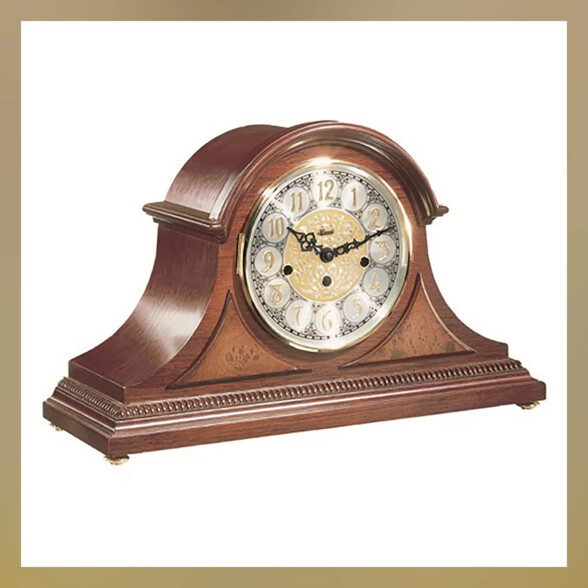
Did you know that
Fragrances Expire?
As the parts and odorous molecules of a fragrance are exposed to air, they naturally oxidize and begin to degrade. This means that, technically, as soon as you use a fragrance, it slowly begins to lose potency. Most fragrances, however, will retain their full strength for at least three to five years after being opened, and perhaps for even longer if they are high potency. Note also that as fragrances degrade, their decreasing potency will only be noticed by extremely astute observers. In general, however, it is best if you can use up fragrances before they expire.
This doesn’t mean that cheap fragrances will go rancid overnight like spoiled milk, but they won’t be at their peak for nearly as long as expensive fragrances will.
Equitable or Uneven Application
The aforementioned degradation of potency has an important impact on the wearability of fragrances. Because of the agents that keep them stable, expensive fragrances will wear in a consistent way that you can effortlessly replicate: one spritz on the first day of use will be comparable to one spritz a year later.
Cheap fragrances are often more affected by temperature, humidity, the season, and the age of the fragrance, so the amount needed to have a pleasing effect can vary, making it easier to accidentally apply too much or too little.
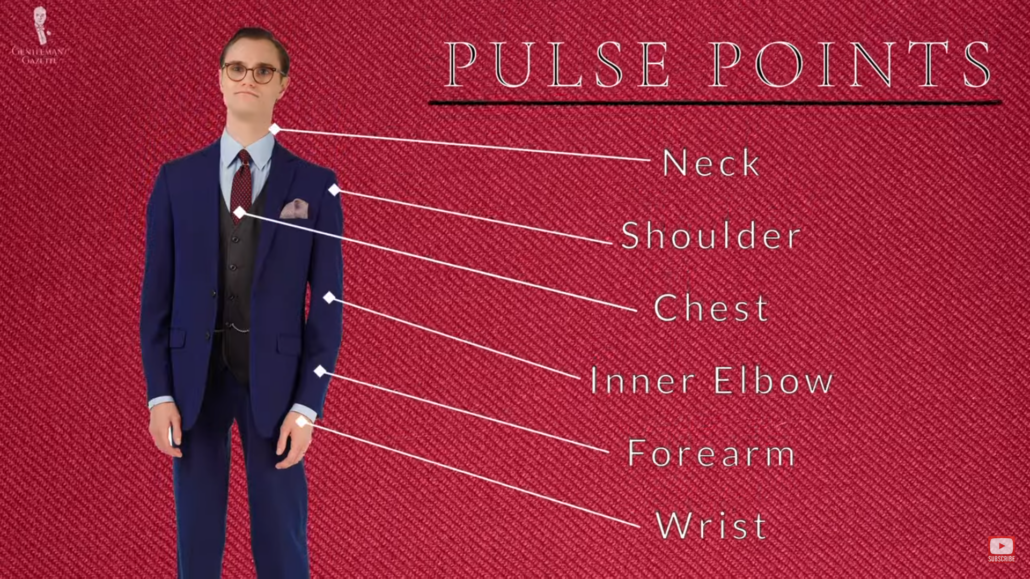
Alcohol Abatement or Abundance
Finally, the scent-bearing ingredients in a fragrance are held within a matrix that constitutes most of the liquid, usually alcohol, because they have a higher concentration of aromatic compounds like oils.
Expensive fragrances have less alcohol, which can distort or scald the scents. Cheap fragrances tend to have a much higher percentage of alcohol because this helps improve their fragrance duration, but as Patrick Bateman notes, “I always use an aftershave lotion with little or no alcohol because alcohol dries your face out.” Not only can alcohol react negatively with your skin, it can adversely affect the fragrance’s scent profile.
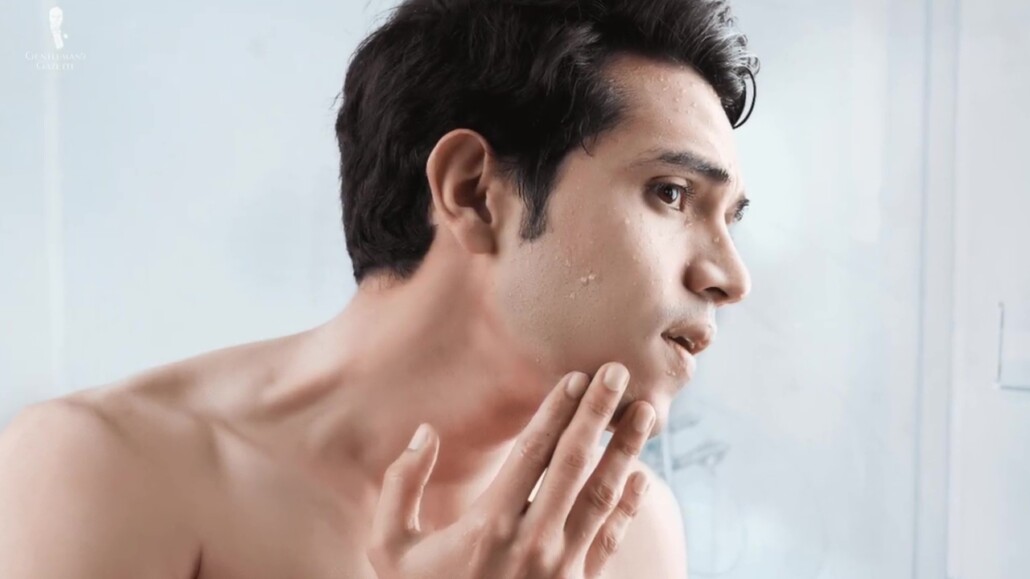
So, while almost all fragrances today use some amount of alcohol, expensive fragrances are better at getting a sustainable balance.
BLIND Testing Cheap vs Expensive Fragrances
Conclusion
Now that you’ve generally learned what separates expensive from cheap fragrances, we think that you’ll be better prepared to find the fragrance that’s best for you.
Ultimately, the right fragrance depends on your particular needs. So, you should select accordingly. If you prefer a simpler, less complicated fragrance profile, inexpensive fragrances at more affordable prices could very well be for you, but we do feel that, as is so often the case, it’ll pay to invest in a quality fragrance with versatility, quality, and depth. After all, finding a quality scent that enhances your personal look and presence is important because the scent has a massive impact on your overall ensemble, confidence, and presentation.
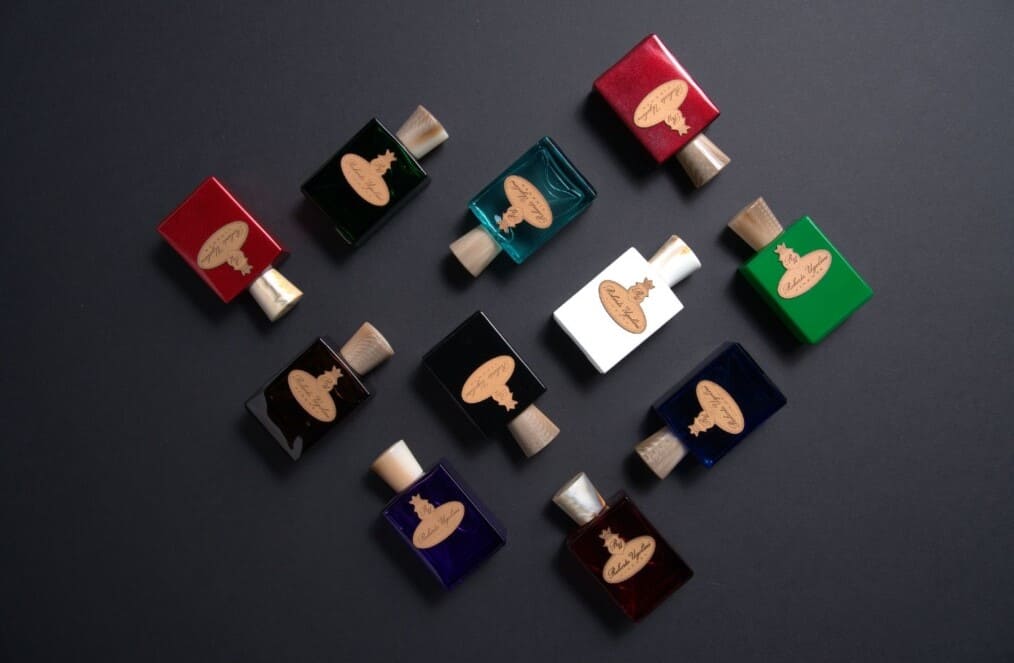
So, be mindful of a potential clash between the classic aesthetic you want to cultivate and the realities of less expensive, lower-quality colognes marketed to mainstream audiences. That obnoxious, chemically-tinged body spray is frankly wasted on a stylish suit. The fact of the matter is that you seek out the best when sourcing your clothes, and we feel you should do the same for fragrances.
As we said at the beginning, this doesn’t mean that any expensive fragrance will do, so spend some time researching and experimenting to determine a signature scent.
The Cologne Guide
We partnered with Roberto Ugolini precisely because we feel that their line has been designed for and caters to well-dressed and well-appointed gentlemen. Otherwise, we would never carry it in our shop or associate it with the Gentleman’s Gazette name.
So, while you’re searching for a fragrance at the intersection of price and quality that works for you, we sincerely suggest that you give Roberto Ugolini a try.
FAQs
Are expensive fragrances a waste of money?
Not necessarily! If they are made from quality materials, feature a variety of versatile scents, and harmonize well with your body chemistry and personal style, expensive fragrances can be an excellent investment that will instantly elevate your overall ensemble, improve how others perceive you, and boost your confidence. The key is ensuring that the qualities of the fragrance are consummate with the price tag – essentially, that the fragrance has good value, even if the price is relatively high.
Do expensive fragrances always last longer?
No, they do not. Fragrance duration is largely a question of concentration or the relative percentage of scent-bearing ingredients in the fragrance. Always check the information about a fragrance to determine what its concentration is: the most concentrated examples will have around 30% fragrance oils, while the lowest concentrations can be as low as 2%. We recommend that you source a fragrance with at least 15% concentration.
How can you tell if a fragrance is quality and worth its price?
The only way to tell if a fragrance has good value is to apply the standards for assessing fragrance quality that we have outlined in this article and in other resources at The Gentleman’s Gazette. Also, of course, a fragrance is only worth its price if it also harmonizes well with your natural body chemistry, and its smell is pleasing to you.
What makes expensive fragrances expensive?
Fragrances can be expensive for several reasons. Ideally, a fragrance is expensive because of some combination of quality, natural ingredients, carefully devised scent combinations, and a robust production method – the best examples will, of course, feature all of these standards. However, fragrances can also be expensive because of brand markup, in which a fragrance is expensive because of the name on the label and not because the fragrance itself is actually superlative.
How much is too much to spend on fragrance?
Only you can decide how much you should or should not spend on fragrances. Be mindful, however, that investing in a genuinely quality, good-value fragrance, even if the upfront cost seems high, can represent a wiser financial decision in the long run. To learn more, read our article on the concept of Cost-Per-Wear.
How obvious is it to tell the difference between cheap and expensive fragrances?
Because cost does not technically indicate quality, there is not necessarily a blatantly obvious difference between cheap and expensive fragrances. With the tools and tips outlined in our Gentleman’s Gazette fragrance resources, however, you will learn how to distinguish between a high quality and a low quality fragrance, between which there can often be major differences.
Can a cheap fragrance smell good?
Yes, it can! An inexpensive fragrance can be just as pleasing and enjoyable as an expensive one, provided that you enjoy it. The fragrance that you purchase should depend upon your needs, not the size of the price tag, and in some cases, if an inexpensive fragrance can satisfy your personal requirements, it can certainly be the fragrance for you.
What scents are commonly associated with cheap and expensive colognes?
In general, sweeter scents like lemon, mandarin, mint, warm vanilla, and apple are cheaper to make, but these scents can be associated and properly utilized with fragrances at any price point. Amber, vetiver, patchouli, and certain florals, like lavender, geranium, and jasmine, tend to be more expensive to make, and genuine cedar, pepper, and cardamom can also be relatively expensive.
Outfit Rundown
So, today, I’m wearing Azzurro. It’s phenomenal. It’s a great scent to have on; it lasts a great amount of time. I highly recommend you guys give that one a try. And today, I’m wearing a Ralph Lauren polo. It’s kind of a cream color with a brown belt—some green pants, brown Chelsea boots, and, of course, Fort Belvedere socks. I’m also wearing a silver watch with a green face from Hugo Boss. Check out the Fort Belvedere shop for socks like these.


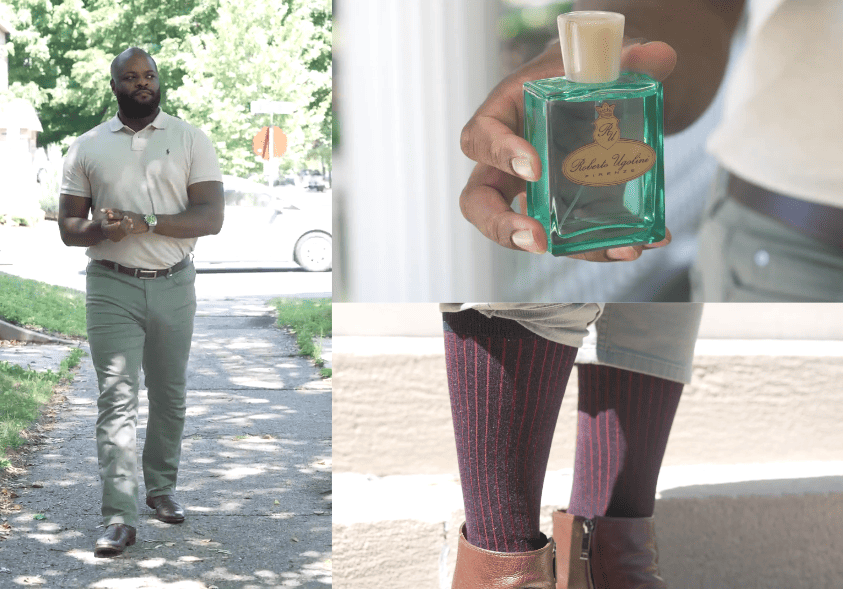
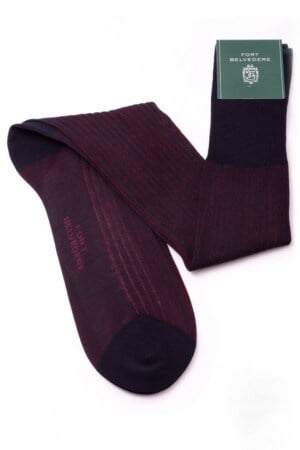
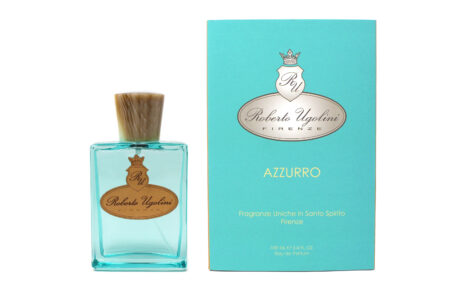
Another advert carefully hidden behind a deceptive title.
This has turned the corner and become a fully fledged Hypocrite’s Gazette.
You call it “scent confusion”, I call it a fruit salad.
Why is it no upscale men’s grooming product manufacturer (that I know of) does not have a complete line of products with the same scent?
I buy perfume oils from scentsational shoppe – mix them up/dilute them myself – very inexpensive and very high quality. Can’t tell the difference between the original and the duplicate.
thank you for the informative article. I agree that inexpensive fragrance can be well worth the money. case in point, I have been using Old Spice for 45 years. my father used it, as did his father.
I get compliments from the ladies that I teach ballroom dance to and enjoy the clean, masculine scent myself.
I also wear Old Spice, every Friday. I do it as an ode to my father, who wore it all my life, until he passed. I too get compliments on the scent and my wife absolutely loves it. It is a simple, masculine fragrance that lasts without constant reapplication. It has also been around forever, and how many luxury scents can say that.
I think, at some point, men should be reminded that any scent they smell on someone else or that is used by someone else, may not necessarily work with everyone’s body chemistry in the same way. I have a cousin who would wear the same colognes as I was, but the scent was very different on him. I have tried scents my wife liked on others, but it just didn’t translate the same. When trying a new scent I always try to get a sample or at least the smallest bottle available. This allows me to test out the scent reaction to my body chemistry without an all in investment. If it works, I purchase a full size. If it doesn’t, and they don’t all work for me, then I move on without feeling like I have wasted money.
davidoff fino is all i own. if i ever wore something else it would be creed’s green irish tweed